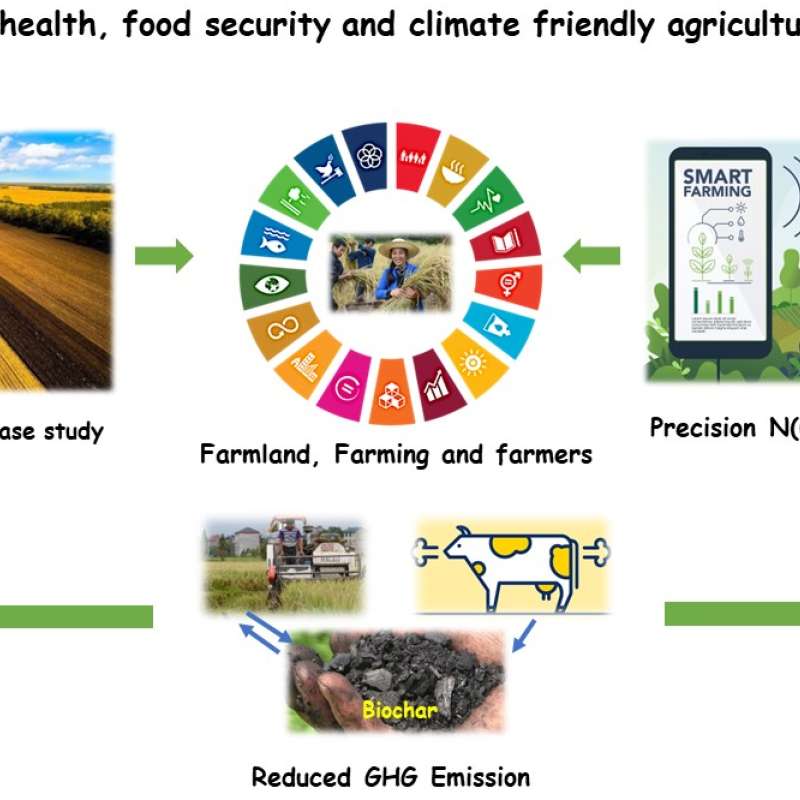Nicholas Clarke
Seniorforsker
Biografi
PhD, analytisk kjemi, Kungliga Tekniska Högskola, Stockholm, Sverige, 1994
Begynte på Norsk institutt for skogforskning i 1996
Sammendrag
Det er ikke registrert sammendrag
Forfattere
Arne Verstraeten Andreas Schmitz Bernd Ahrends Nicholas Clarke Wim de Vries Karin Hansen Char Hilgers Carmen Iacoban Tamara Jakovljevic Per Erik Karlsson Till Kirchner Aldo Marchetto Henning Meesenburg Gunilla Pihl Karlsson Anne-Katrin Prescher Anne Thimonier Peter WaldnerSammendrag
Det er ikke registrert sammendrag
Forfattere
Igor A. Yakovlev Thiago Inagaki Junbin Zhao Pierre-Adrien Rivier Hege Særvold Steen Inger Heldal Daniel Rasse Jihong Liu Clarke Nicholas ClarkeSammendrag
Det er ikke registrert sammendrag

